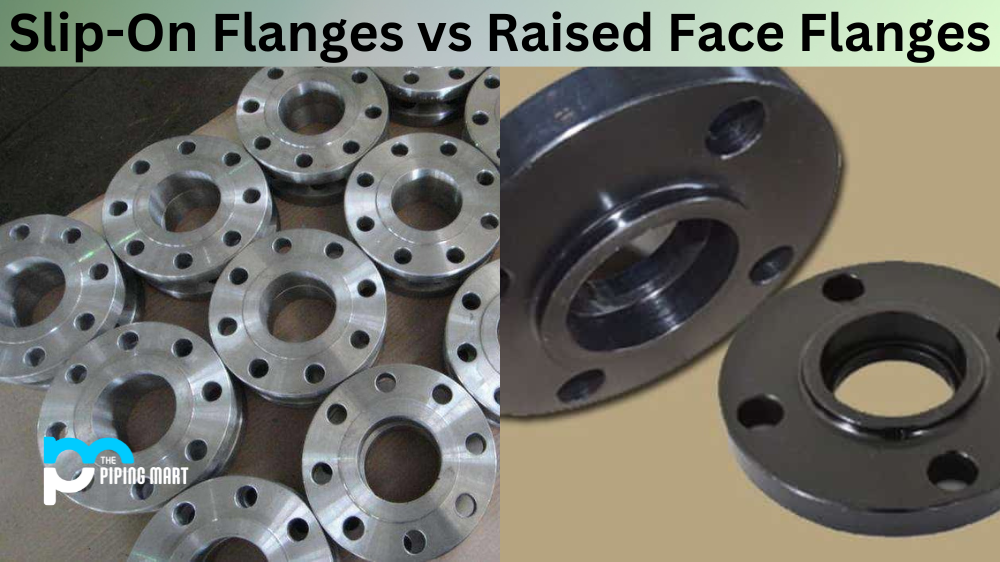Flanges are essential to piping systems, but not all flanges are created equal. Vanstone flanges and regular flanges both have their own strengths and weaknesses when it comes to applications in different industries. Understanding the differences between them is essential to make the right choice for your project.
What is Vanstone Flange?
A Vanstone flange is a specific kind of pipe connector made of two half-rings joined together with bolts or screws. It includes a gasket between itself and the pipe to create a seal, preventing leaks. These flanges are commonly found in applications with a risk of vibration or movement, like in hydraulic systems or pumps. Moreover, they’re preferred in situations requiring precise sealing due to their superior performance to other pipe connectors.
What is Regular Flange?
A regular flange is another type of pipe fitting consisting of two half-rings bolted with bolts or screws. This type of flange does not require a gasket and can be used in applications where vibration or movement isn’t likely to occur, such as static systems like pipelines. Regular flanges are less expensive than vanstone flanges since they don’t require additional components like gaskets or seals. However, they may need to be more reliable when it comes to preventing leaks due to their lack of sealing capabilities.
Difference Between Vanstone Flanges and Regular Flanges
Advantages of Vanstone Flanges
Vanstone flanges provide an improved seal against the pipe, which can help to prevent leaks. Vanstone flanges are easier to install than regular flanges, as they do not require welding or threading. Finally, Vanstone flanges are more corrosion-resistant than regular flanges and can therefore provide a longer service life.
Advantages of Regular Flanges
- Standard flanges are less expensive than Vanstone flanges.
- Regular flanges can be used with a wider range of pipe materials, including metals such as stainless steel and aluminum.
- Standard flanges are known for their robust strength and durability, capable of withstanding high pressures effectively.
Conclusion:
When it comes down to choosing between vanstone flanges and regular ones, it all depends on the application you’re working on and the level of accuracy required by your project. Vanstone Flanges tend to be more expensive than regular ones. Still, they offer enhanced sealing capabilities which make them ideal for dynamic pipework systems like those found in pumps or hydraulic systems. In contrast, regular ones may be better suited for static systems like pipelines where precision isn’t necessary, but cost savings are desired instead. Understanding the differences between these two kinds of pipe fittings for engineers looking for reliable results while still saving money can ensure successful projects that meet expectations!

A passionate metal industry expert and blogger. With over 5 years of experience in the field, Palak brings a wealth of knowledge and insight to her writing. Whether discussing the latest trends in the metal industry or sharing tips, she is dedicated to helping others succeed in the metal industry.




